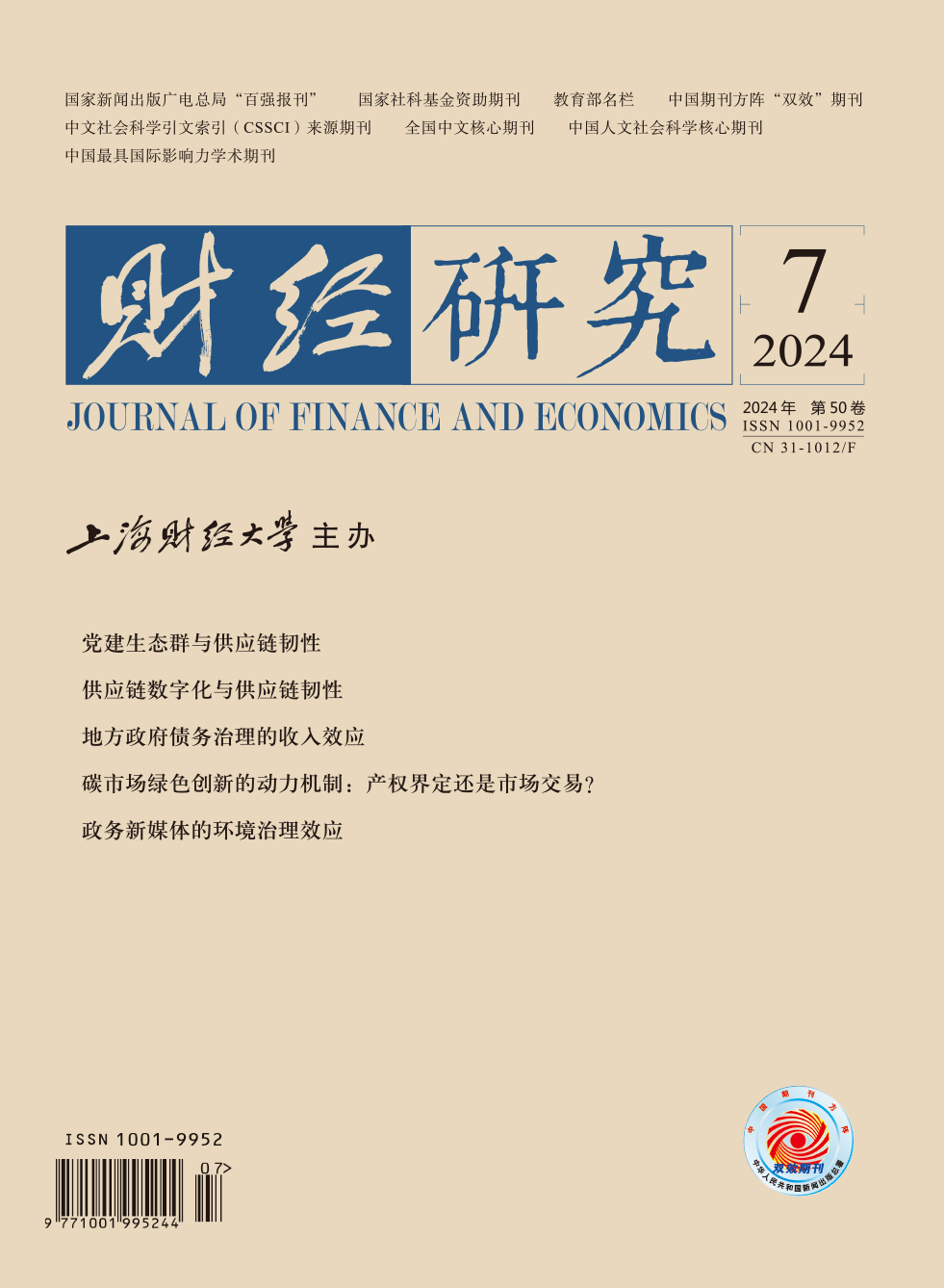Since the implementation of the “4 trillion yuan” policy, the scale of local government debt has continued to rise, exacerbating systemic financial risks. At the same time, due to multiple factors at home and abroad, the employment situation in China is not optimistic, and structural employment contradictions are becoming increasingly prominent. In order to curb the expansion of local government debt scale, and ensure stable economic development and social stability, China began to launch the reform of local government debt management in 2015. In this context, will local government debt governance play a positive role in promoting employment?
This paper constructs a multi-time DID model based on the debt management system reform implemented by local governments across China in 2015, and examines the relationship and mechanism between local government debt governance and enterprise employment absorption. The study finds that local government debt governance significantly promotes enterprise employment absorption. Mechanism testing shows that local government debt governance can promote the absorption of more employment through the mechanisms of corporate financing slow-release, asset portfolio optimization, and public service improvement. Heterogeneity analysis finds that for enterprises with higher financing needs, a higher implicit debt scale of local governments before the reform, and a lower level of financial development, the promotion effect of the reform on enterprise employment absorption is more prominent. Further research finds that the reform mainly promotes the employment of technical, production, and financial personnel, as well as undergraduate and high-school degree employees.
The academic value of this paper is mainly reflected in three aspects: First, from the perspective of employment effect, it focuses on the microeconomic consequences of local government debt governance. Second, based on the mechanisms of corporate financing slow-release and asset portfolio optimization, it provides a new interpretation of the transmission mechanism of local government debt governance affecting enterprise labor employment from the perspective of public service improvement. Third, it takes the debt management system reform implemented by local governments across China in 2015 as a policy shock, which helps to address endogeneity issues and clarify the causal relationship between local government debt governance and enterprise labor employment. Fourth, it has important practical value for further promoting local government debt governance to achieve the policy goal of “stabilizing employment”.





 4778
4778  4225
4225

